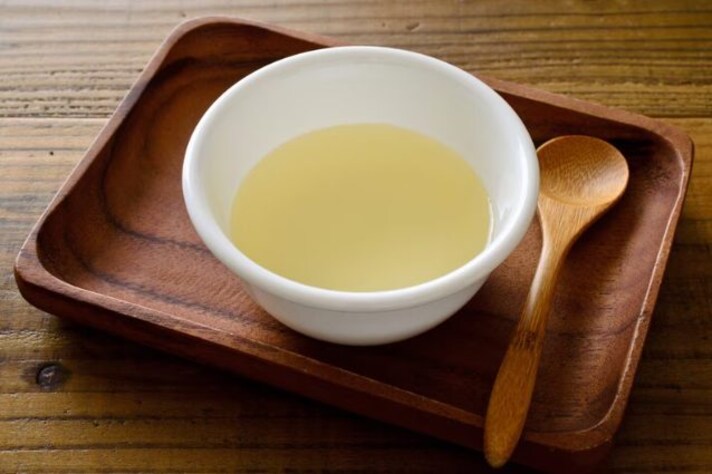How to Use Mirin, The Famous And Tasty Japanese Seasoning
Also called sweet sake, it is very versatile, and is one of the basic ingredients of the gastronomic tradition of the Land of the Rising Sun. Let's find out more about mirin, and about how it's used in recipes.

In the collective imagination, Japanese cuisine has for some years now no longer been linked solely to the world of sushi and sashimi: in addition to the famous raw fish and rice, in fact, there is an even wider universe to explore, made up of broths, meat dishes and increasingly popular condiments. Among the latter is mirin, an ingredient at the base of many Japanese recipes (and Asian ones in general), which gives preparations the typical umami taste, making them particularly inviting. So let's find out what mirin is and how it is used in cooking.
Mirin, The Sweet Sake That Doubles as The Perfect Condiment
When we talk about mirin we are talking about tradition: its origins are to be found in the past centuries, precisely in Japan during the Sengoku period (1467-1603) when it was consumed by nobles just like sake, as an alcoholic drink, and then in the Edo period (1603-1868), when it began to be used in cooking as a sweetener in marinades and sauces.
It is a condiment similar to sake, sweeter and less alcoholic, which comes from the union of steamed glutinous rice – a variety grown in Asia rich in starch, with which mochi is also made – koji rice – a preparation obtained by fermenting rice with a fungus, Apergillus oryzae – and rice distillate or alcohol. The whole thing is left to mature and then filtered, so as to obtain a clear liquid that resembles a mix between vinegar and wine, denser and with a sweetish flavor naturally given by the fermentation process: therefore there are no added sugars. The resting time can range from a few months to several years, depending on the intensity you want to obtain: on average, a handmade mirin ages at least 3 years.

Over the centuries, this rice wine has become increasingly popular, so much so that immediately after the Second World War it became one of the most popular condiments and no longer a digestive at the end of a meal. It is sold in three types, easily found online, in international grocers or in shops specializing in Japanese gastronomy: Hon mirin, also called the “real mirin” with an alcohol content of 14%, Shio mirin which does not exceed 1.5% and Shin mirin, with less than 1%. Shio and Shin are called Mirin Fu, which literally means “Mirin style”: the difference compared to the original is the decidedly lower alcohol content, which does not change the essence of the product – it is made in the same way – but gives more delicate notes in the mouth, without however altering the taste.
How to Use Mirin According to Traditional Recipe
Mirin not only adds a distinctive sweet note to recipes, but due to its consistency and shine, it is also used as a glaze to polish grilled meat, fish and vegetables, making dishes pleasing to the eye as well as the palate. It is found among the fundamental ingredients of essential sauces for Japanese cuisine such as teriyaki sauce, made by mixing mirin with soy sauce, sake and granulated sugar, to be tried in traditional yakitori chicken skewers, among the protagonists of local street food.

One of its most classic uses is to flavor different dishes in a versatile way:
- Broths, such as that of katsudon, a single dish with rice, eggs, pork loin, soy sauce and dashi, or that of sukiyaki, another characteristic recipe, to be served in a pot of noodles, beef, eggs and spring onion.
- The dough, like in tamagoyaki, a kind of rolled omelette that often makes up the bento, the Japanese version of the lunch box, where it is combined with beaten egg.
- Minced meat as if it were the filling for onigiri, adding ginger, soy sauce, sake, sugar and a sprinkling of pepper to the mine.
This seasoning has been the all-purpose ingredient in marinades for centuries: try it in pork chasu, where it ennobles the bacon, a tasty but poor cut, degreasing and giving freshness together with the combined action of ginger and spring onions. For those who love to experiment in the kitchen and are always looking for new flavors, mirin is undoubtedly an excellent ally.
;Resize,width=767;)
;Resize,width=712;)
;Resize,width=712;)
;Resize,width=712;)
